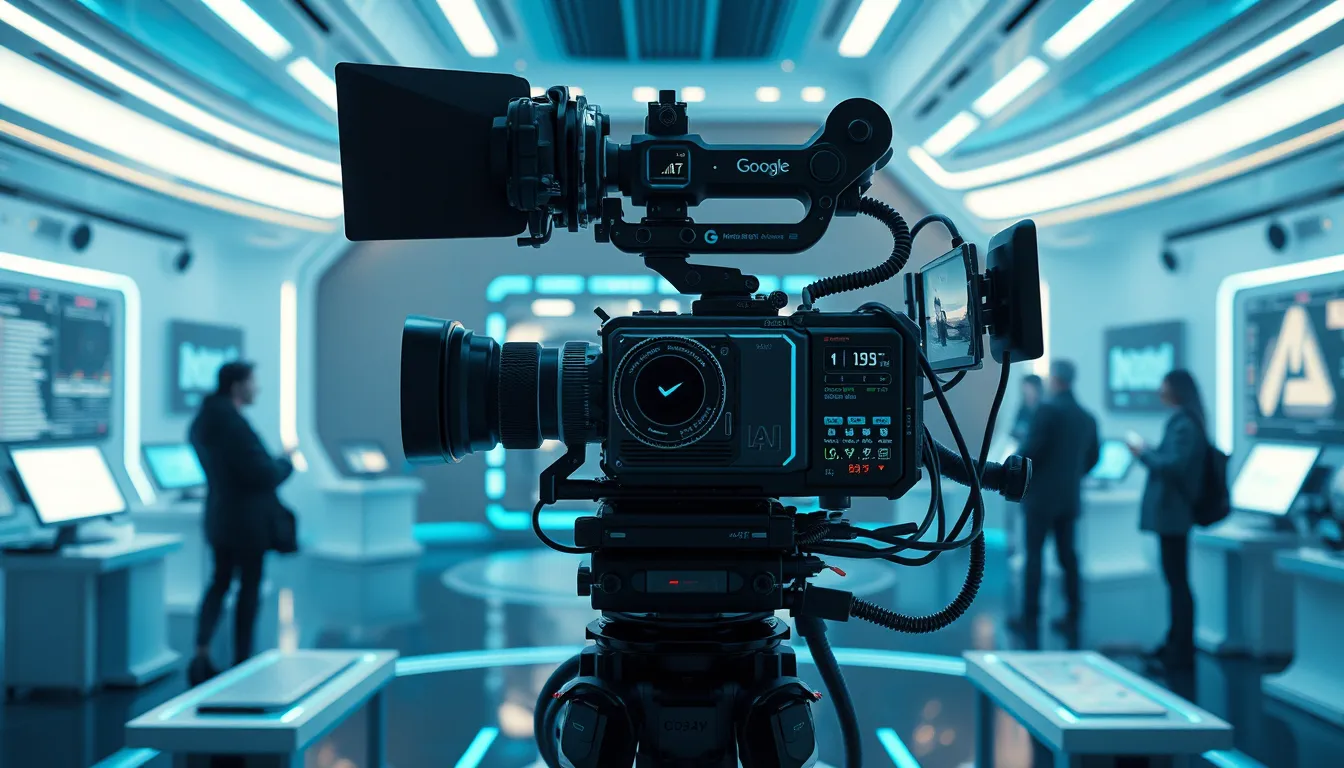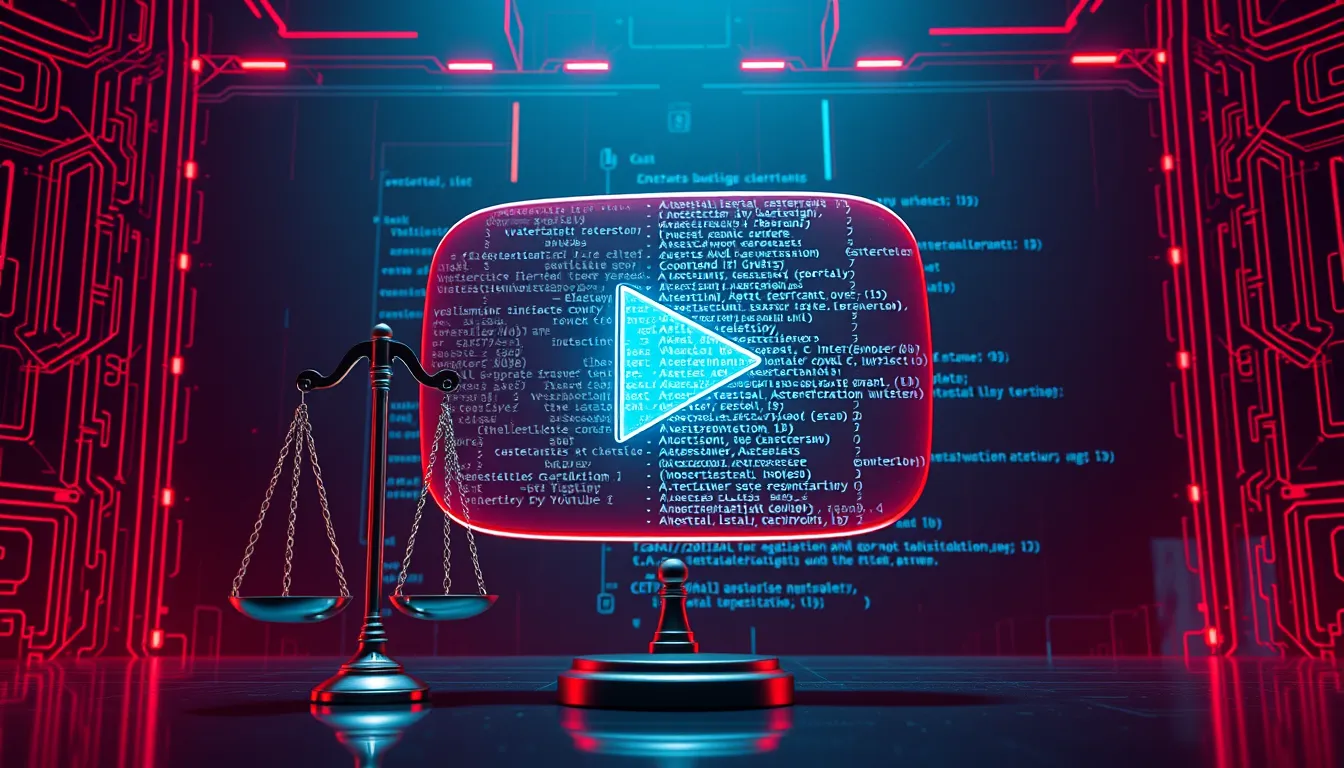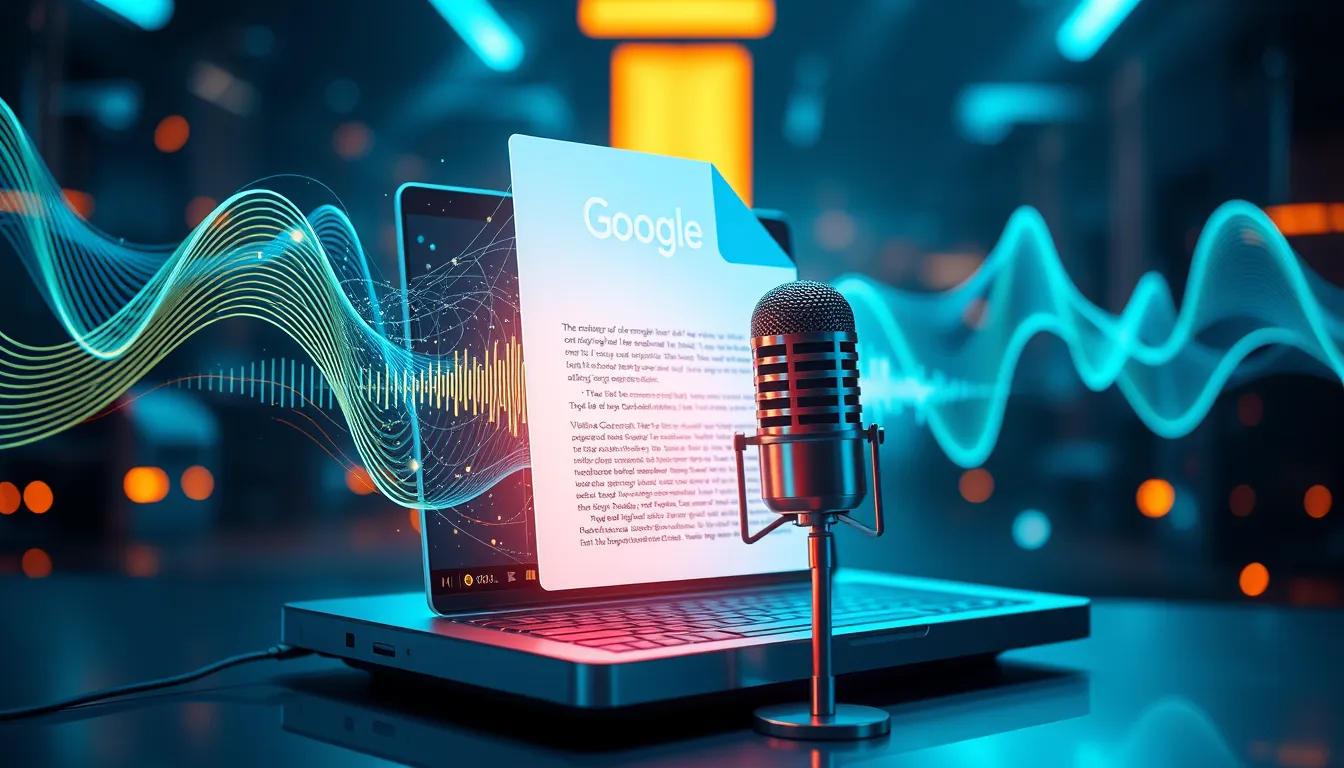Now Reading: Revolutionizing Cinematography with Google AI-Generated Video
-
01
Revolutionizing Cinematography with Google AI-Generated Video
Revolutionizing Cinematography with Google AI-Generated Video

Revolutionizing Cinematography with Google AI-Generated Video
Google is fundamentally changing the landscape of digital cinematography by introducing its groundbreaking AI-generated video technology. This innovation allows users to provide explicit camera directions to an advanced video model, transforming the filmmaking process. By merging technical precision with creative freedom, Google’s new system marks a paradigm shift in how visual narratives are crafted.
Unleashing the Advanced Video Model: Creative Control at its Best
At the core of this innovation is Google’s advanced video model, which enables creators to instruct the AI in real time. Whether it’s panning, zooming, tilting, or framing, the system interprets detailed camera commands with remarkable accuracy. This integration of explicit camera directions grants users unparalleled creative control, empowering both amateur filmmakers and seasoned professionals. The system bridges the gap between traditional cinematography and automated digital production, ushering in an era where creative vision is executed with automated precision.
Key Features of Google AI-Generated Video:
- Explicit Camera Directions: Direct the AI to pan, tilt, zoom, and frame with precision.
- Real-Time AI Camera Control: Experience immediate feedback and adjustments as you instruct the camera.
- Enhanced Creative Control: Merge artistic vision with advanced digital cinematography techniques.
- Democratizing High-Quality Content: Simplify complex filming operations to make high-quality visual effects accessible to everyone.
Real-Time AI Camera Control and its Impact on Digital Cinematography
One of the standout aspects of this technology is its real-time AI camera control. This feature allows users to drive the camera’s movement while the video is being generated, mimicking the decisions of a professional cinematographer on set. With smooth transitions and dynamic framing options, the advanced video model ensures that every shot has the potential to be both technically sound and emotionally compelling.
Empowering Indie Filmmakers with AI-Guided Cinematography
Google’s new technology is set to be a game changer, particularly for indie filmmakers. In the past, achieving high-production value required significant investment in equipment and expertise. Now, by leveraging AI-guided cinematography, creators can produce visually stunning content with limited resources. This advancement democratizes content creation by lowering barriers for entry and offering advanced tools that were once exclusively available to high-budget productions.
Industry experts have noted that the ability to control camera positioning and movement through AI means that every scene can be tailored to evoke specific emotions. Whether a filmmaker is charting a dramatic close-up or a sweeping panoramic shot, the system’s precise camera control ensures that every frame is meticulously crafted. This level of detail can make the difference between a standard video and a truly immersive visual experience.
The Future of Interactive Storytelling with AI-Generated Video
The advent of Google AI-generated video signals a broader shift in the entertainment and advertising industries. The integration of explicit camera directions within the AI system enables a more interactive form of storytelling where the viewer’s experience is continually enhanced through dynamic visual narratives. Filmmakers now have the ability to test multiple perspectives and shot compositions in real time, refining their storytelling methods as they create content.
Beyond conventional filmmaking, this technology offers exciting opportunities for digital marketing and interactive media. Advertisers can experiment with more engaging, cinematic approaches to promote products or services, capturing the audience’s attention with visually compelling content. By utilizing advanced video models that mimic expert directorial decisions, marketers can achieve a level of creative excellence that blends both art and technology.
Navigating the Challenges and Embracing the Innovations
While the sophistication of Google AI-generated video is celebrated, it also raises important discussions about the future of creative industries. Integrating AI into areas traditionally dominated by human artistry invites both excitement and caution. Ethical considerations and the need for continuous refinement based on user feedback remain critical. Nonetheless, as Google continues to iterate and improve its systems, the promise of interactive, high-quality video production becomes increasingly accessible.
For more insights on emerging technologies in cinematography, visit the official Google site at https://about.google and explore related articles on reputable tech news websites such as https://www.theverge.com.
Conclusion – A New Era for Visual Storytelling
In summary, the introduction of Google AI-generated video heralds a new era in digital cinematography and interactive storytelling. With its advanced video model, explicit camera direction capabilities, and real-time AI camera control, this technology is redefining creative control in filmmaking. Whether you are an indie filmmaker seeking affordable high-quality production or a digital content creator aiming for innovative visual effects, Google’s latest breakthrough provides the tools necessary to unlock unprecedented creative potential.
As the boundaries between human creativity and machine precision continue to blur, Google AI-generated video stands out as a testament to the future of content creation. This revolutionary approach not only elevates technical performance but also enriches the storytelling experience, paving the way for immersive visual narratives that capture the imagination of audiences worldwide.

























